Photography is a captivating art form that allows us to freeze moments in time, capturing the beauty of the world around us. One particular technique that has gained immense popularity is high contrast photography. In this article, we will delve into the secrets behind creating captivating images that play with light and shadow.
Table of Contents
Introduction
High contrast photography involves the deliberate exaggeration of the difference between light and dark areas in an image. This technique aims to create visually striking photos by emphasizing the extremes of brightness and darkness.
Significance in Photography
Understanding and mastering high contrast photography can elevate your skills as a photographer, adding depth and drama to your images. The interplay of light and shadow can evoke powerful emotions and create a lasting impact on viewers.
Basics of High Contrast Photography
Before diving into high contrast techniques, it’s crucial to have a solid understanding of how light interacts with your subjects. Knowing how shadows form and where light falls enhances your ability to manipulate these elements deliberately.
Importance of Contrast in Photography
Contrast is the key to creating visually engaging photographs. It adds depth, dimension, and visual interest to your images. In high contrast photography, the goal is to push these elements to their limits for a bold and memorable result.
Lighting Techniques
Natural Lighting Strategies
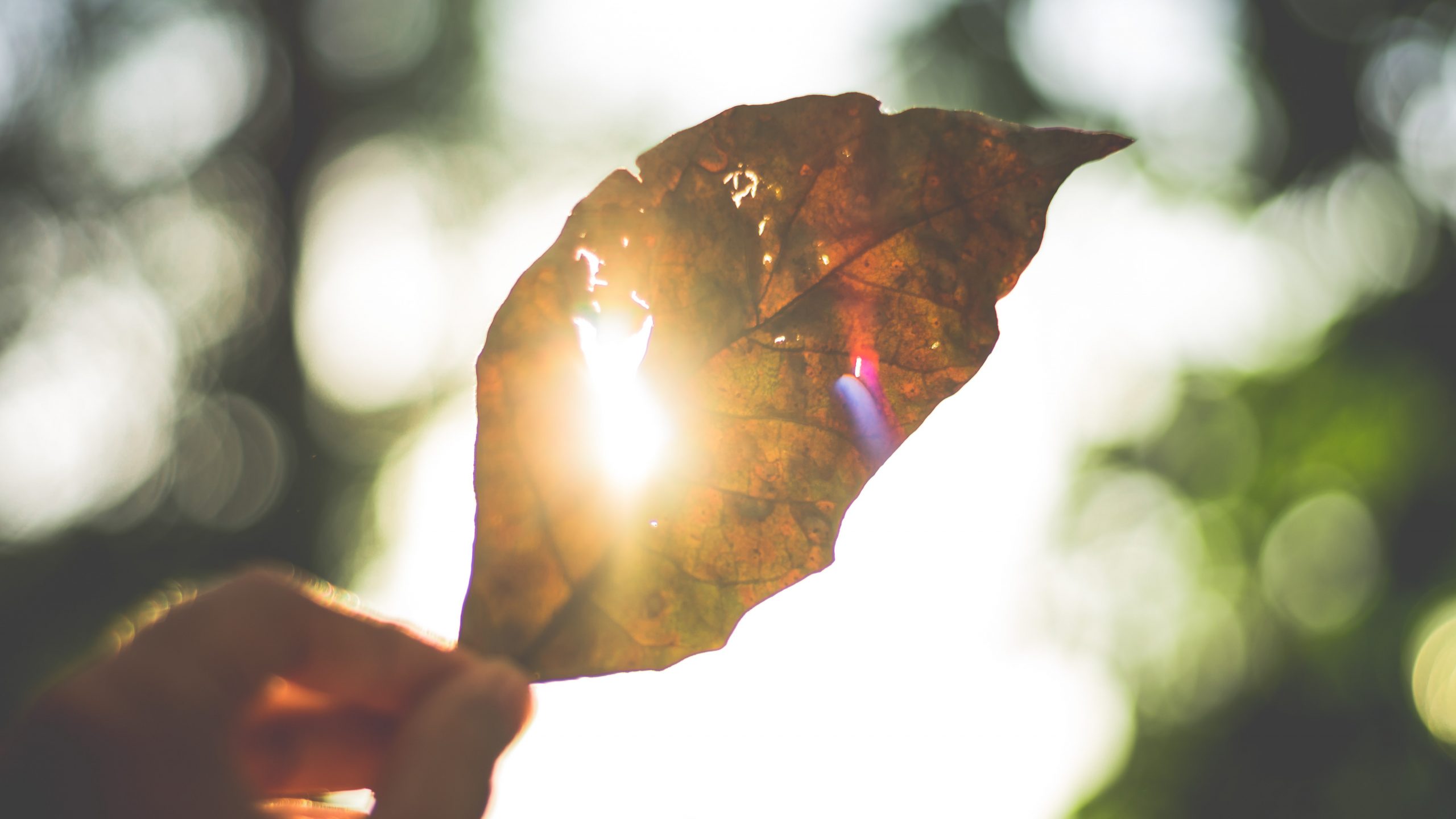
Taking advantage of natural light is essential in high contrast photography. Understanding the position of the sun and its impact on your subject can help you achieve the desired level of contrast. Experimenting with backlighting and side lighting can produce stunning effects.
Artificial Lighting Tips
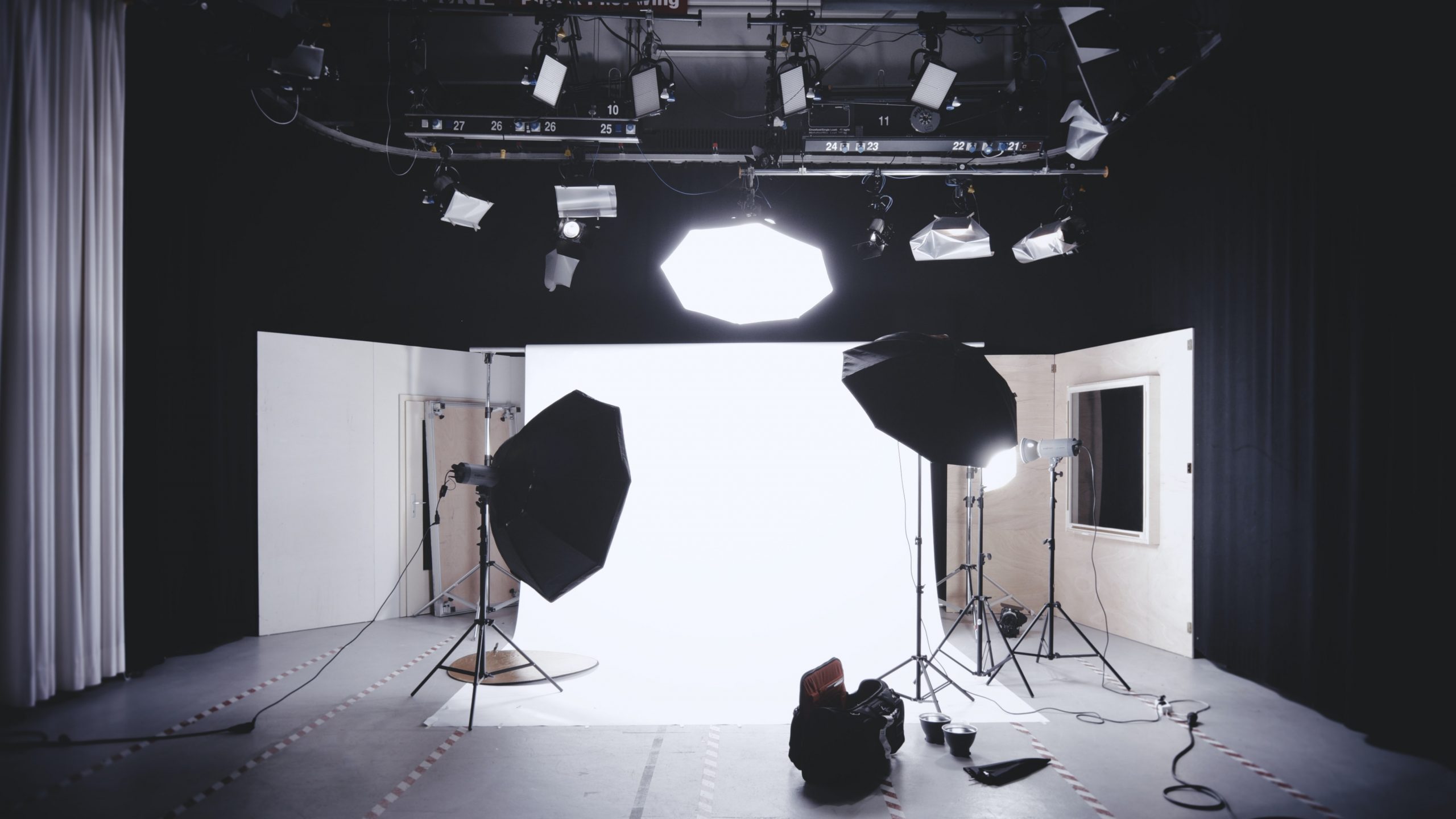
For controlled environments, artificial lighting offers endless possibilities. Using strobes, flashes, or a combination of both allows you to sculpt the light and shadow in your composition, creating a dynamic interplay that enhances the overall contrast.
Camera Settings for High Contrast
Proper exposure is critical in high contrast photography. Adjusting your camera’s exposure settings ensures that both highlights and shadows are well-balanced, preventing overexposed or underexposed areas.
Contrast Settings on Camera
Most modern cameras come equipped with contrast settings. Experimenting with these settings can provide a quick way to enhance the contrast in your images without extensive post-processing.
Composition in High Contrast Photography
Rule of Thirds
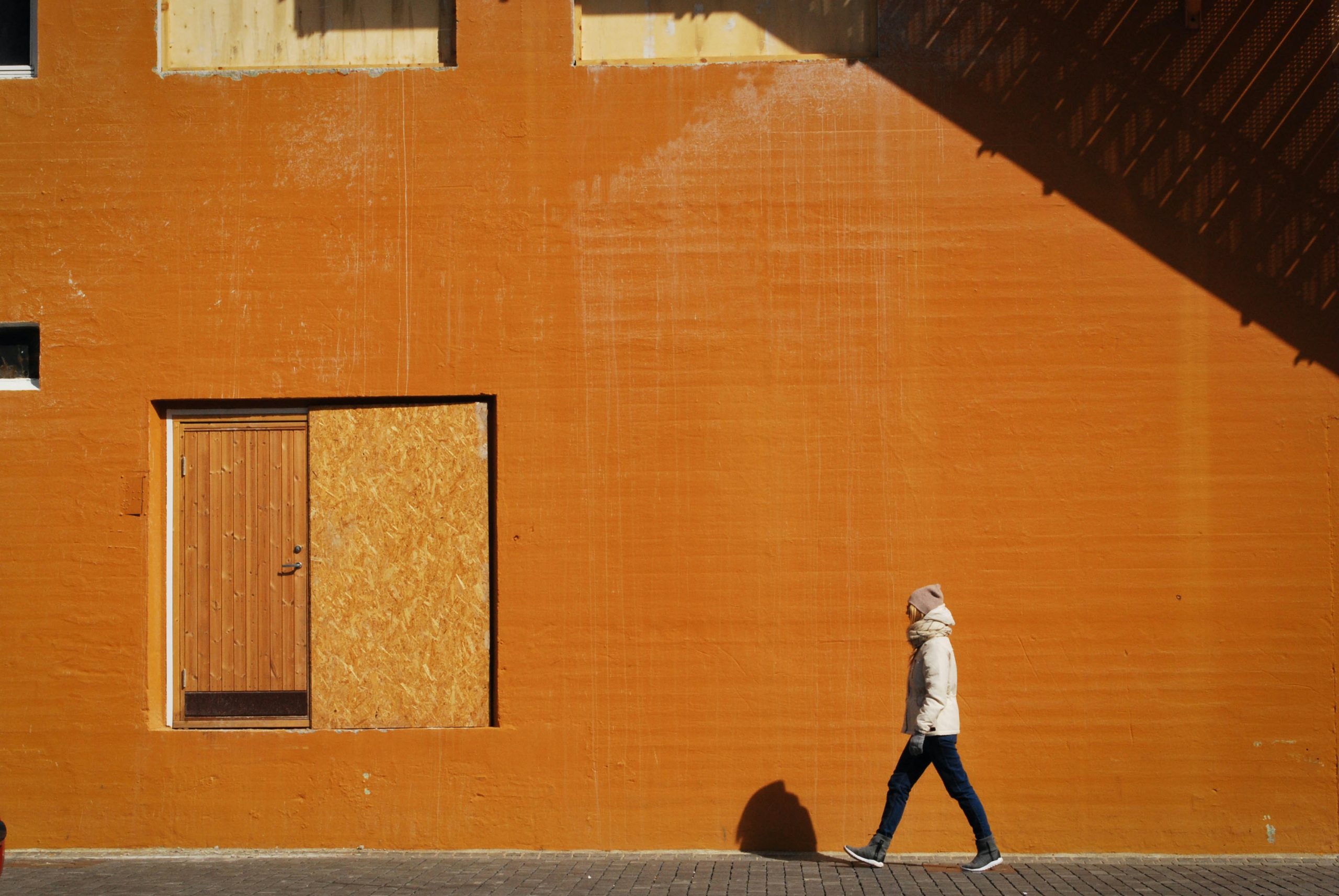
Applying the rule of thirds helps create a balanced and visually appealing composition. Placing key elements along the intersecting points of the grid can enhance the overall impact of your high contrast images.
Focusing on Points of Interest
Identifying and emphasizing the points of interest in your composition is crucial. Whether it’s a striking silhouette or a play of light on a specific subject, focusing on these elements adds depth and narrative to your photographs.
Leading Lines
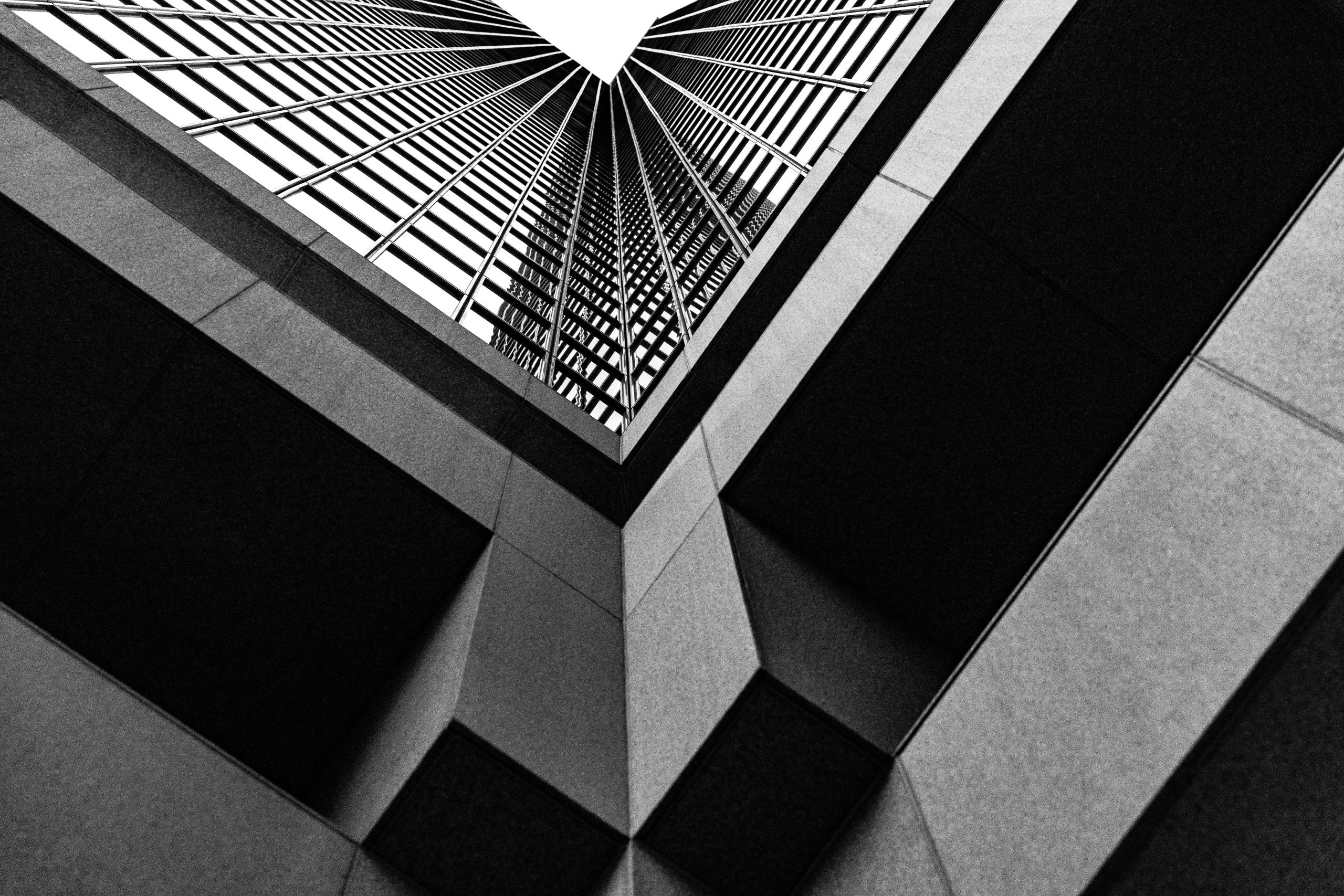
Another helpful compositional technique that lets the photographer guide the viewer is leading lines. For locations such as streets and urban areas, leading lines are extremely useful. The abundance of lines in these structures helps with composition.
Utilization of the leading lines technique is quite simple. First, frame the scene where lines merge at one point. Next, place your subject in that intersection and voila! You already accomplished the leading lines technique.
This creates a dimension feel to your photos. The lines converging at one point directs the viewer’s eyes to it. This created dimension is simple yet very stunning at the same time.
Reflections
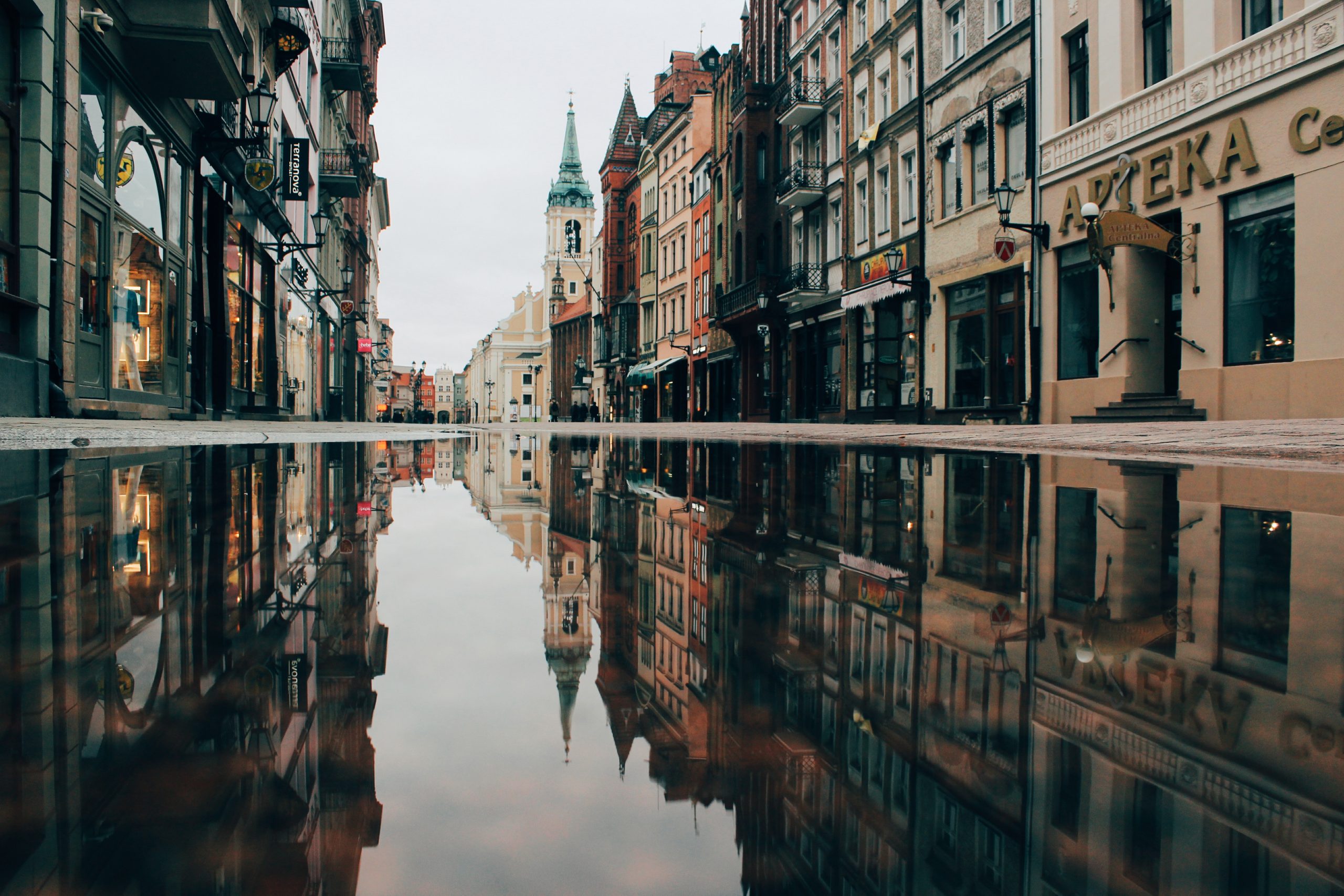
Following the trend of easy to execute composition techniques, is the use of reflections. If your scene has some reflective elements available, utilize this technique! Reflective elements include mirrors, glass, puddles, and so much more!
Apply reflections by dividing your frame in half. One half being the reflective portion and the other as the main frame. Position your camera such that all details on the main frame are intact. The reflective portion of the photo will automatically do its magic and duplicate your scene.
This provides a full frame of inverted images. This composition technique is effective in the sense that the whole frame of the photo has design elements symmetrical to each other.
Editing Techniques
Post-Processing for Contrast
Editing is where the magic happens in high contrast photography. Leveraging software like Adobe Lightroom or Photoshop allows you to fine-tune the contrast, highlights, and shadows, giving your images a polished and professional look.
Software and Tools for Editing
Familiarize yourself with the various editing tools available. From adjusting curves to using gradient filters, mastering these tools expands your creative possibilities in high contrast photography.
Our Recommendation – Snapseed for Editing on the go!

Snapseed is a free-to-use photo editing application for mobile devices. This application is available for both the Android and iOS systems. It’s a powerful tool capable of transforming your photos. It provides a wide range of essential photo adjustment tools. Snapseed has been created by Nik Software and currently is owned by Google.
It has a simple and user-friendly interface that both beginners and professionals enjoy. Easily access these tools with just a few taps.
It also provides filters just like Instagram. Effortlessly apply multiple adjustments to photos with a single tap. Categories for these filters are film, black and white, and preset looks.
Choosing the Right Subjects for High Contrast Images
Certain subjects lend themselves well to high contrast photography. Experiment with architecture, landscapes, or portraits to discover what works best for you and your style.
1. Architecture
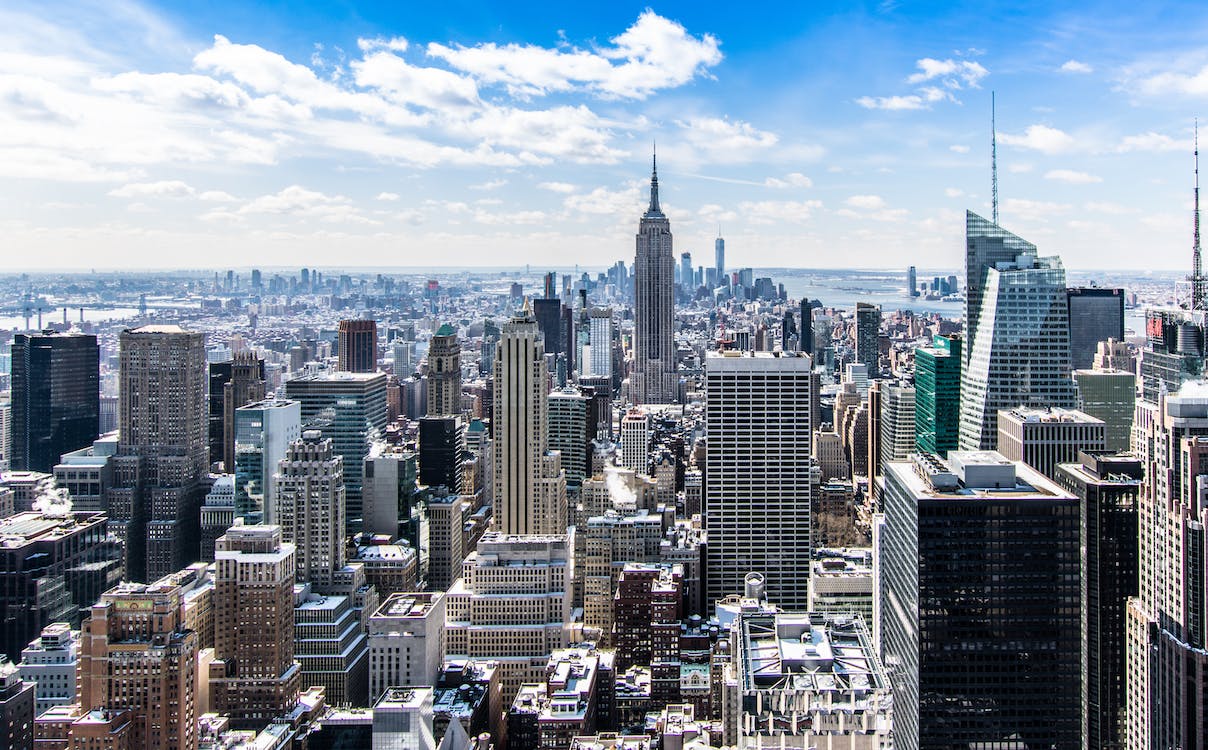
High contrast photography can breathe life into architectural compositions, emphasizing the play of light and shadow on building facades and structures. Experiment with capturing the stark contrast between illuminated surfaces and shaded areas to create visually striking images. Urban landscapes, modern structures, or even historical buildings can provide compelling subjects for this genre.
2. Landscapes
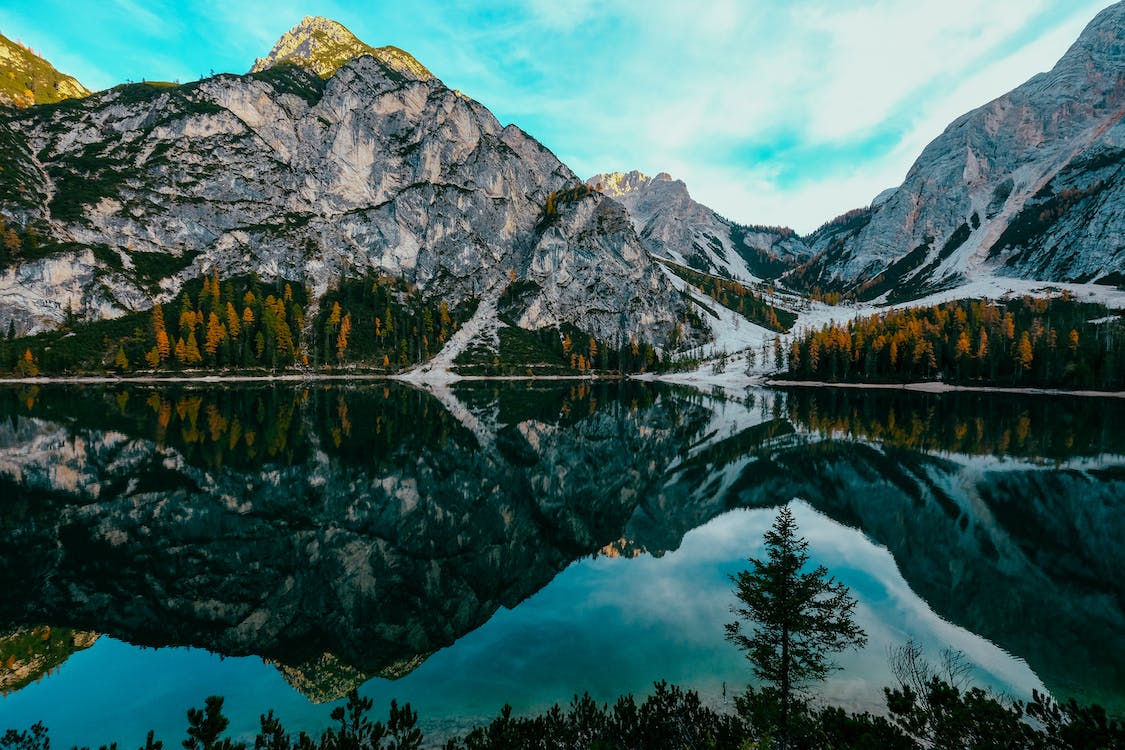
The vastness of landscapes offers ample opportunities for high contrast photography. Play with the interplay of light across mountains, valleys, and bodies of water. During sunrise or sunset, the low-angle sunlight can create long shadows and intense highlights, enhancing the contrast in your landscape shots. Experimenting with natural elements like rocks, trees, and clouds can add depth to your compositions.
3. Portraits
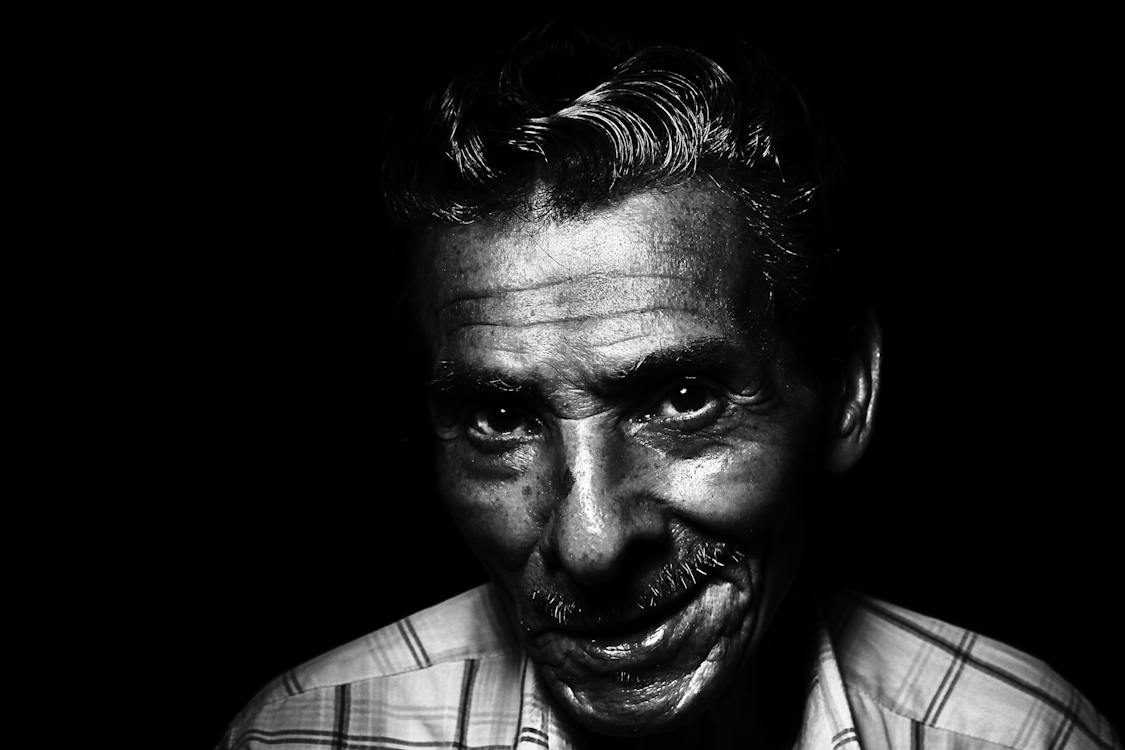
High contrast techniques can add a dramatic flair to portrait photography. Experiment with using natural or artificial light to cast bold shadows on the subject’s face, creating a play of highlights and shadows. This can bring out facial features in a unique and captivating way. Consider experimenting with different poses and expressions to find the right balance that suits your style and the subject’s personality.
4. Still Life
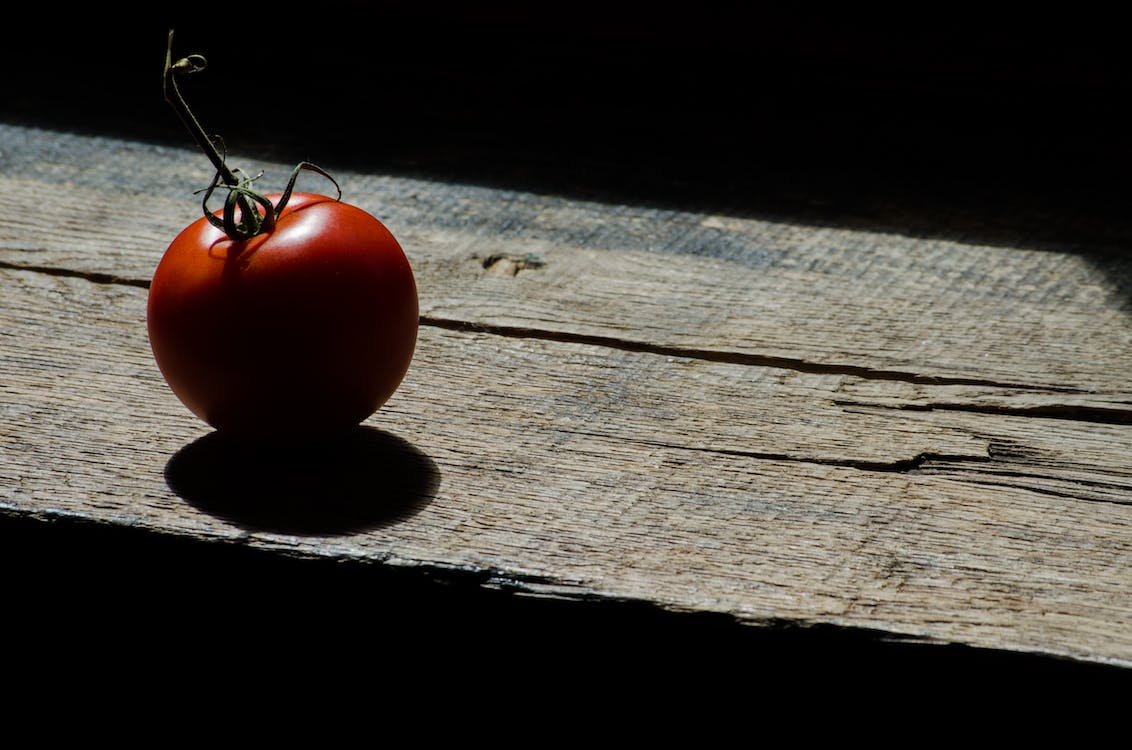
Everyday objects can be transformed into captivating subjects through high contrast photography. Experiment with arrangements of light and shadow to highlight the texture and details of objects. This can be particularly effective when photographing items with intricate patterns or surfaces, such as textiles, ceramics, or metallic objects.
5. Street Photography
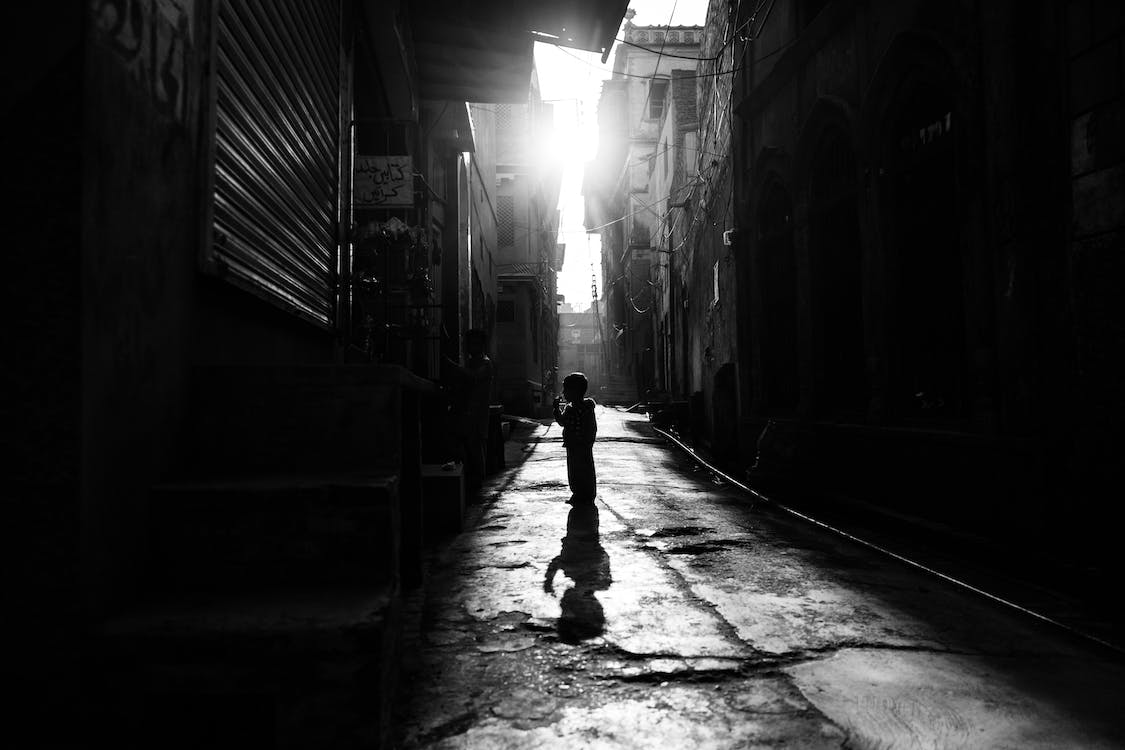
Urban environments provide a dynamic canvas for high contrast photography in street scenes. Capture the hustle and bustle of city life with stark contrasts between well-lit streets and shadowed alleyways. Experiment with capturing candid moments, reflections, and the juxtaposition of light sources to convey the energy and atmosphere of the urban landscape.
6. Nature and Wildlife
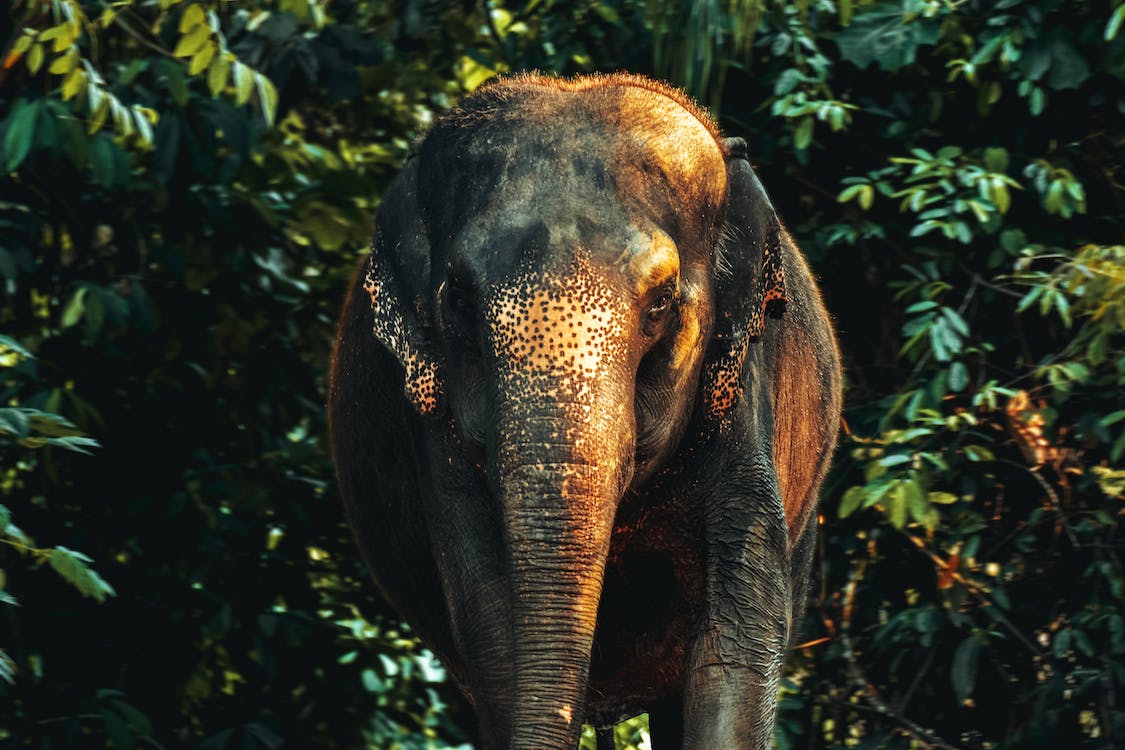
In the realm of nature photography, high contrast techniques can highlight the beauty of flora and fauna. Play with the sunlight filtering through leaves, casting intricate shadows on the forest floor. Capturing wildlife in a high contrast setting adds a layer of drama to the scene, emphasizing the natural patterns and textures of feathers, fur, or scales.
Challenges in High Contrast Photography
Overcoming Overexposure
Managing overexposure is a common challenge in high contrast photography. Understanding exposure compensation and utilizing techniques like bracketing can help overcome this hurdle.
Balancing Light and Dark
Achieving a balance between light and dark areas is essential. Strive for a harmonious blend that maintains detail in both highlights and shadows without sacrificing the overall contrast.
Overemphasis on Contrast
While high contrast is the goal, overemphasizing it can result in unnatural-looking images. Strive for a balance that enhances visual appeal without sacrificing realism.
Ignoring Composition Principles
Even in high contrast photography, composition matters. Ignoring fundamental principles like balance and focal points can detract from the overall impact of your images.
The Impact of High Contrast Photography
Emotional Resonance in Images
High contrast photography has the power to evoke strong emotions. Explore how manipulating light and shadow can create a profound impact on viewers, eliciting a visceral response.
Influence on Viewers
Understand the psychological impact of high contrast images on viewers. The bold and dynamic nature of these photographs can leave a lasting impression, making them more memorable.
Conclusion
In conclusion, mastering high contrast photography is a journey of exploration and experimentation. By understanding the basics, honing your skills in lighting and editing, and staying abreast of trends, you can create images that leave a lasting impression. Embrace the challenges, learn from mistakes, and let the interplay of light and shadow elevate your photography to new heights.
Frequently Asked Questions
Can high contrast photography be applied to all types of subjects?
Yes, high contrast techniques can be applied to various subjects, including landscapes, portraits, and architecture. Experimentation is key to finding what works best for each type of subject.
What is the significance of the rule of thirds in high contrast photography?
The rule of thirds helps create a balanced composition by placing key elements at the intersections of the grid. This principle is especially relevant in high contrast photography to enhance visual appeal.
Is post-processing necessary for high contrast photography?
While capturing the right lighting conditions is crucial, post-processing plays a significant role in fine-tuning contrast, highlights, and shadows to achieve the desired effect.
Afterword
We hope that you find this article helpful. Thank you for reading and you’re always free to leave a comment. If you find this article interesting, consider checking out one of our recently published posts. A few of them showcase advancements in technology such as AI Art Generators. On the other hand, if you’re looking towards Photography, we also offer great articles for your inspiration. We also have multiple articles that talk about the various printing mediums for wall art. May these articles give you inspiration for your next print!
Find them here:
Discover the Secret to High-quality Canvas Prints
The 9 Best Canvas Print Companies in 2023
Acrylic Prints: Add Vibrance to Any Space
The Top Food Photography Trends to Try Now
The Ultimate Guide to Continuous Lighting for Photography
Stable Diffusion Tips and Tricks
Best AI Art Generator for Android Phones 2023
We enjoy reading your comments and insights with our posts! Should you have any questions or concerns, feel free to leave them below! -Mark

